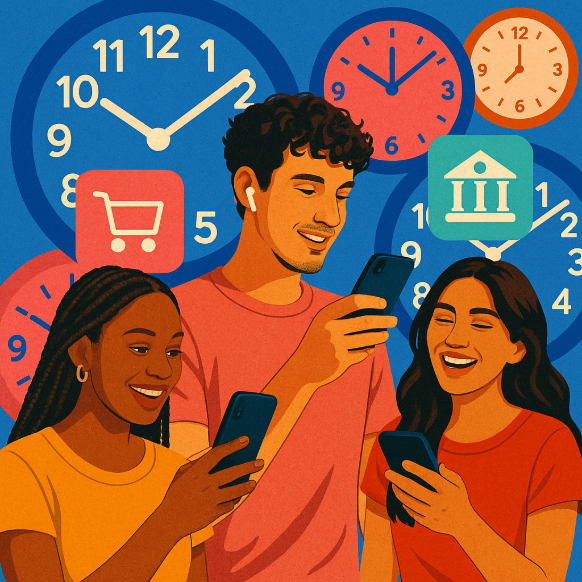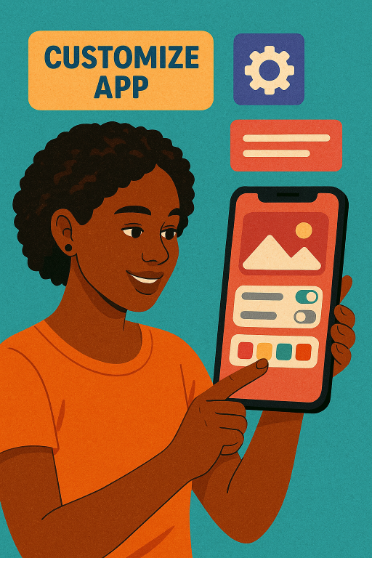August 14, 2025
.png)
Legacy CX metrics like NPS and CSAT are failing to capture what matters to the most powerful generation of consumers today: Gen Z. Here's how to adapt, what to measure, and which brands are getting it right.
As someone who’s part of Gen Z and works in customer experience, I see firsthand how our expectations are reshaping the way brands need to show up. With around 2 billion of us globally, making up over 25% of the world’s population, we’re not just another demographic.
By 2025, we’ll make up 27% of the global workforce, and our spending power is on track to surge to an estimated USD 12 trillion in the coming years, a force no brand can afford to ignore.

We’ve grown up in a world that’s mobile-first, fast-moving, and highly personalised. So for us, it’s not just about buying something, it’s about how well a brand understands our values, how quickly they respond, and whether the experience feels smooth, relevant, and even joyful.
Even though we prefer self-service and avoid phone calls, that doesn’t mean we don’t want to be heard. We’re just expressing ourselves differently, through tweets, DMs, comments, even memes. Our sentiment is out there, loud and clear, if brands know where and how to listen.
However, despite this shift, many CX teams continue to rely on long-form surveys and outdated rating scales and that gap is precisely where many brands are falling short.
To meet Gen Z where they are, CX teams need to shift from transactional KPIs to experience signals that capture emotion, speed, and social resonance. Here’s what to track:
Social listening: Brand mentions, tone, meme engagement
Trust and transparency indicators

Real-time sentiment over post-interaction surveys
Digital behaviour as a CX signal
Gen Z are digital natives. From ordering meals and booking rides to handling finances, they expect seamless, mobile-first experiences that save or enrich their time:
As Pine and Gilmore put it in the Experience Economy:
“Time is the currency of value.”
Why Traditional CX Metrics Are Falling Short
Most traditional CX tools were built for a different era. Here’s why they’re no longer enough:
These metrics fail to capture what Gen Z truly values: personal connection, digital fluency, and cultural awareness.
They don’t want to just “get something done”. They want to enjoy the process. Top CX drivers for Gen Z include:
Examples from brands:
Gamification
UOB’s TMRW app allows users to build a virtual city as they save money in real life. It turns saving into play.
Customisation
Monzo neobank lets users nickname cards and colour-code savings “pots” with emojis, blending finance with creativity.
Reward programs
Trust Bank’s stamp and coupon system enhances daily purchases with value and excitement.
Financial education with fun
FamPay India mixes quizzes, budgeting tools, and games to make teens financially smart while keeping parents in the loop.
These aren’t gimmicks. They’re engagement engines designed around Gen Z’s desire for control, identity, and joy.
If Gen Z won’t tell you how they feel in a form, how do you know if your experience works?
By shifting from asking to listening. From scoring to sensing. And from transactions to trust.
Modern CX metrics must include:
The future of customer experience is alive, real-time, and emotionally aware.
And Gen Z? They’re already living there.
Connect to unlock exclusive insights, smart AI tools, and real connections that spark action.
Schedule a chat to unlock the full experience